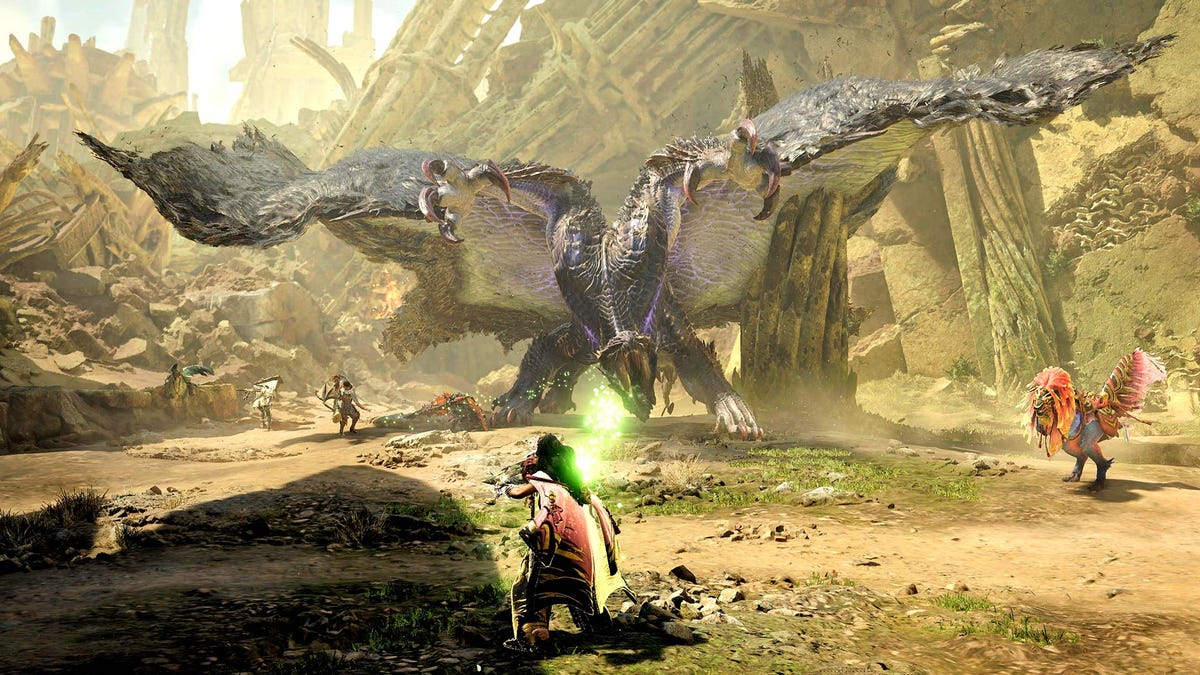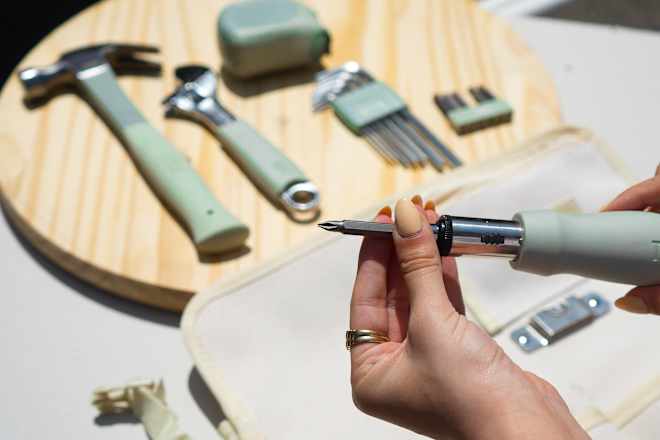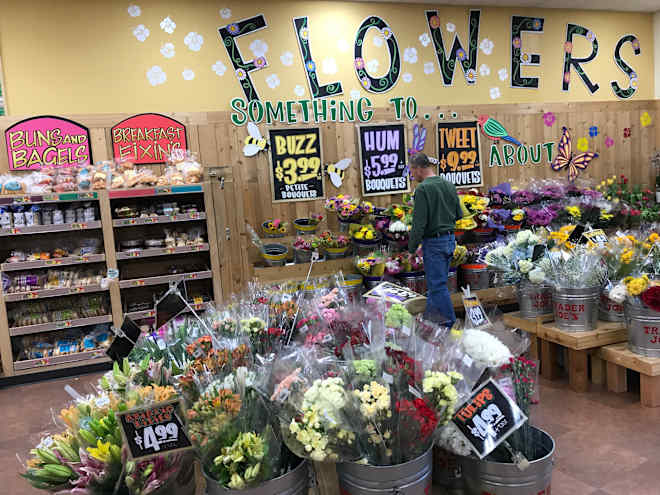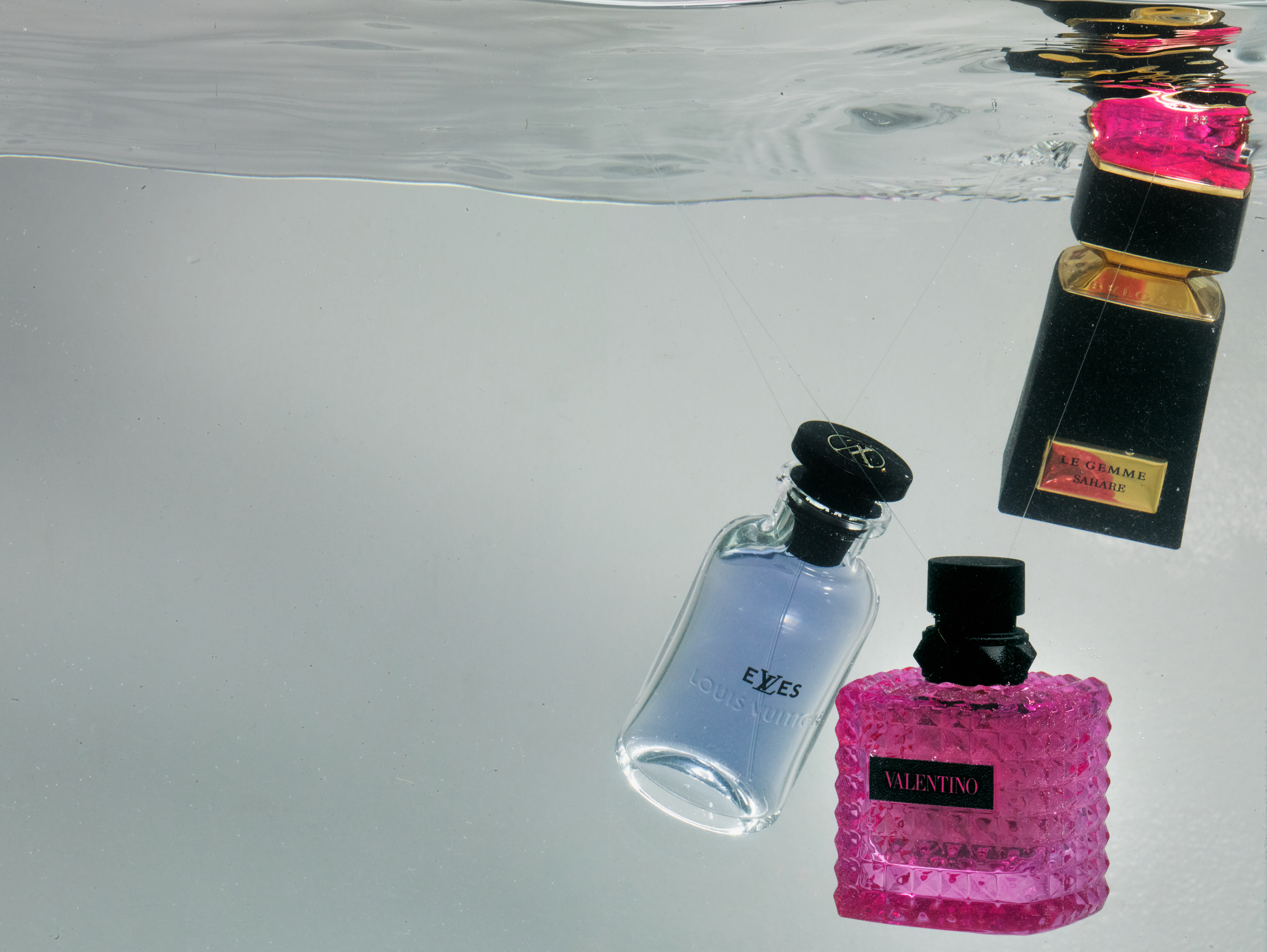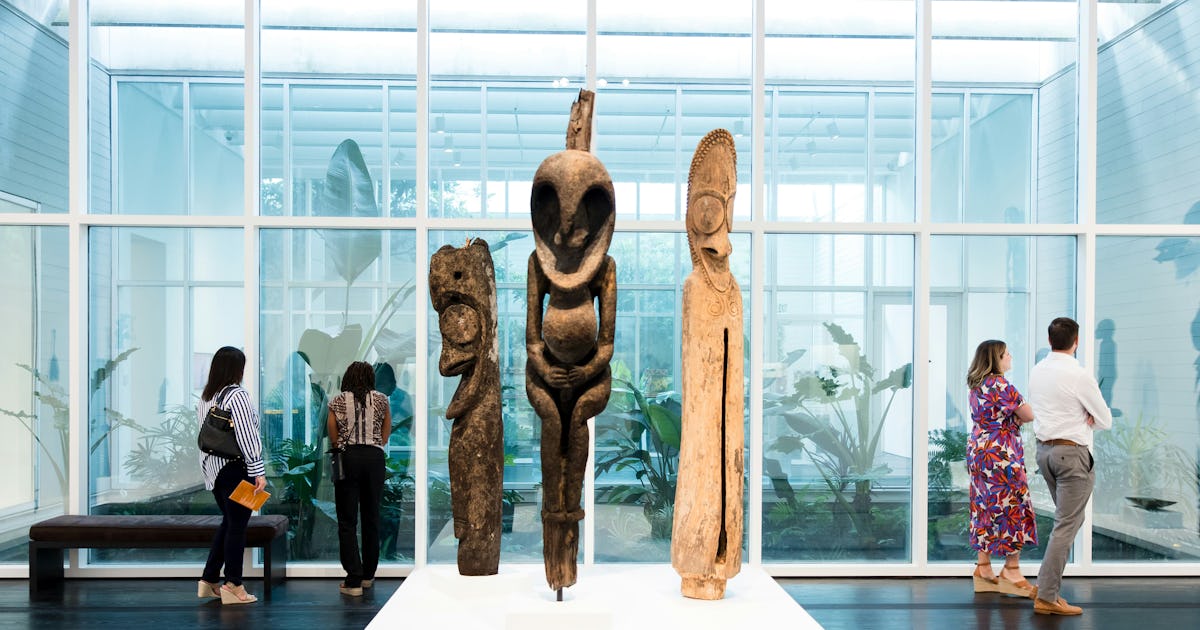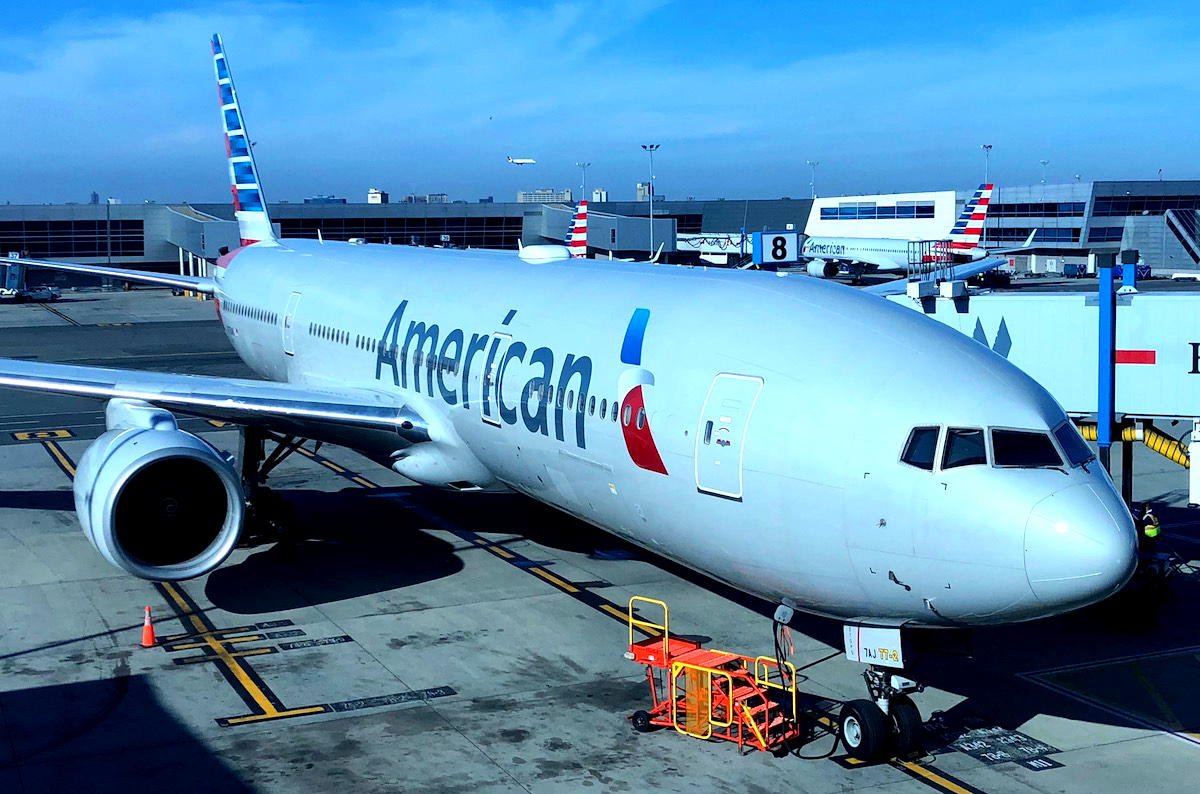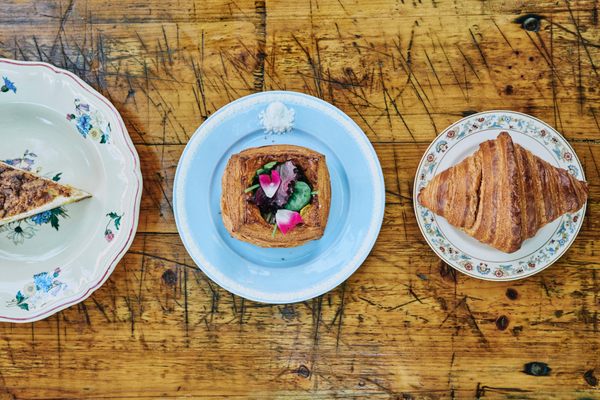The Secret Gardens Saving the World’s Rarest Plants
The entrance of the University of California Botanical Garden at Berkeley appears as one might expect—there’s meandering paths to discover flora and fauna, a plant store stocked with seedlings, wooden benches for taking in the aromas of honeysuckle and rose. Yet there’s a secret part to this garden, a locked area within a locked area, that doesn’t appear on any sign or visitor map. It’s the “cycad jail,” where some of the rarest plants in the world are kept. There, you’ll find specimens like the Encephalartos woodii, the last known member of its species on the planet. “We don’t exactly want to advertise it,” says Andrew Doran, the garden’s director of collections. “We’re sitting on some of the last known cycad populations in the world.” Cycads, palm-like plants from tropical regions, have been on a steep decline globally due to poachers—unless they are intercepted. The people who tried to smuggle them ended up behind bars; the plants themselves are behind barbed wire. That’s because the Berkeley garden is one of the country’s 62 plant rescue centers, organizations across the United States designated for the care, propagation, and research of illegal plants. “Surprisingly few dribble in, and when they do it’s en masse,” Doran says. The Berkeley garden became home to 1,000 cycads in 2005 after a notorious bust known as “Operation Botany.” As plant fads shift so does the black market, and in recent years the garden has seen an uptick in the seizure of succulents, cacti, and orchids as well as cycads—plants under the protection of the international agreement known as The Convention on International Trade in Endangered Species of Wild Fauna and Flora (CITES). “These plants that were poached out of the wild now have a view of San Francisco and Alcatraz,” Doran says, gesturing to the pastel cityscape in the distance, which from the serene green of the Berkeley hills looks like the Land of Oz. Yet the Berkeley garden is not receiving the quantities of plants it used to, and other plant rescue centers have noticed a similar pattern over recent years—fewer confiscations. Lotusland Botanical Garden in Santa Barbara has been a plant rescue center since 2005, but it has received only a handful of seizures, like a batch of cycad seeds intercepted at New York’s JFK International Airport. “It’s kind of crazy that East Coast confiscations would come all the way to us,” says Paul Mills, Lotusland’s director of conservation and curator of the living collections. Plant materials can be seized at border crossings by vehicle or plane and also through the mail, says Claire Loughran, curator and conservation officer at the Berkeley botanical garden. Yet it takes a trained eye to spot illegal plant material—special agents are usually tipped off by missing paperwork—and funds could be cut to the federal program overseeing their work given the current administration. There are only around 250 special agents with the U.S. Fish and Wildlife Service in the whole country. It puts at further risk what has already become a bigger issue given the drop in confiscations, which suggests that either detection is falling short or the smugglers are getting better at deception. But one thing is certain—the poaching is still happening. Cycad Fever The rarity of particular kinds of cycads have driven a black market for them that’s particularly virulent in their native South Africa. One crew of 20 dropped in from helicopters to collect specimens from a national park, and one member of a pair of smuggling Zimbabweans jumped off a cliff to evade capture, says cycad expert Tim Gregory, who co-founded the Wild Cycad Conservancy. One stand of around 300 Encephalartos dyerianus cycads—the last of their kind in the wild—have had armed guards protecting them in the Limpopo Province of South Africa. “They’ve actually shot a couple people over the years,” Gregory says. The allure to collect these plants has been called the “green needle” because of its addictive quality. “People will stop at nothing to fill the blank in their collection,” Doran says. It’s the same urge that drives art collectors to pry paintings off walls, with those most knowledgeable about plants often being the worst offenders. “The plant people, unfortunately, are the ones you have to watch out for the most,” Mills says. Jared Margulies, author of The Cactus Hunters: Desire and Extinction in the Illicit Succulent Trade, has seen how people trading plants illegally across borders can actually trick themselves into thinking they are doing beneficial work. “The idea of what it means to save or preserve a species can get twisted through the lens of collector desires quite easily,” Margulies says. It all leads to an obsessive and repetitive pursuit of an object—here, rare plants—as if the possession could lead to total satisfaction, which is itself a fantasy, he says. The collector begins to think they alone can preserve a species. To the uninformed, it can be difficult to
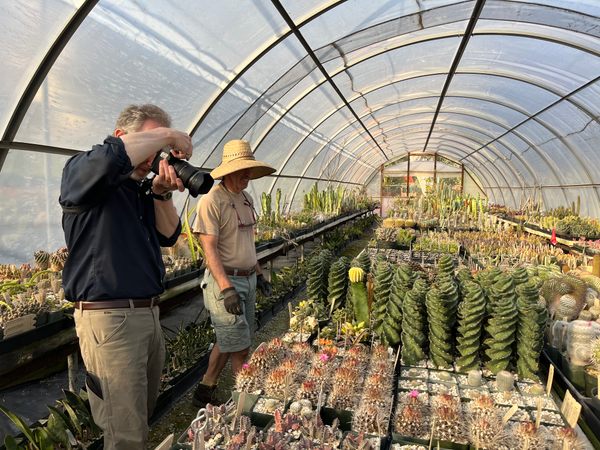
The entrance of the University of California Botanical Garden at Berkeley appears as one might expect—there’s meandering paths to discover flora and fauna, a plant store stocked with seedlings, wooden benches for taking in the aromas of honeysuckle and rose.
Yet there’s a secret part to this garden, a locked area within a locked area, that doesn’t appear on any sign or visitor map. It’s the “cycad jail,” where some of the rarest plants in the world are kept. There, you’ll find specimens like the Encephalartos woodii, the last known member of its species on the planet.
“We don’t exactly want to advertise it,” says Andrew Doran, the garden’s director of collections. “We’re sitting on some of the last known cycad populations in the world.” Cycads, palm-like plants from tropical regions, have been on a steep decline globally due to poachers—unless they are intercepted.
The people who tried to smuggle them ended up behind bars; the plants themselves are behind barbed wire. That’s because the Berkeley garden is one of the country’s 62 plant rescue centers, organizations across the United States designated for the care, propagation, and research of illegal plants.
“Surprisingly few dribble in, and when they do it’s en masse,” Doran says. The Berkeley garden became home to 1,000 cycads in 2005 after a notorious bust known as “Operation Botany.” As plant fads shift so does the black market, and in recent years the garden has seen an uptick in the seizure of succulents, cacti, and orchids as well as cycads—plants under the protection of the international agreement known as The Convention on International Trade in Endangered Species of Wild Fauna and Flora (CITES).

“These plants that were poached out of the wild now have a view of San Francisco and Alcatraz,” Doran says, gesturing to the pastel cityscape in the distance, which from the serene green of the Berkeley hills looks like the Land of Oz.
Yet the Berkeley garden is not receiving the quantities of plants it used to, and other plant rescue centers have noticed a similar pattern over recent years—fewer confiscations. Lotusland Botanical Garden in Santa Barbara has been a plant rescue center since 2005, but it has received only a handful of seizures, like a batch of cycad seeds intercepted at New York’s JFK International Airport.
“It’s kind of crazy that East Coast confiscations would come all the way to us,” says Paul Mills, Lotusland’s director of conservation and curator of the living collections.
Plant materials can be seized at border crossings by vehicle or plane and also through the mail, says Claire Loughran, curator and conservation officer at the Berkeley botanical garden. Yet it takes a trained eye to spot illegal plant material—special agents are usually tipped off by missing paperwork—and funds could be cut to the federal program overseeing their work given the current administration. There are only around 250 special agents with the U.S. Fish and Wildlife Service in the whole country.
It puts at further risk what has already become a bigger issue given the drop in confiscations, which suggests that either detection is falling short or the smugglers are getting better at deception. But one thing is certain—the poaching is still happening.
Cycad Fever
The rarity of particular kinds of cycads have driven a black market for them that’s particularly virulent in their native South Africa. One crew of 20 dropped in from helicopters to collect specimens from a national park, and one member of a pair of smuggling Zimbabweans jumped off a cliff to evade capture, says cycad expert Tim Gregory, who co-founded the Wild Cycad Conservancy.
One stand of around 300 Encephalartos dyerianus cycads—the last of their kind in the wild—have had armed guards protecting them in the Limpopo Province of South Africa. “They’ve actually shot a couple people over the years,” Gregory says.
The allure to collect these plants has been called the “green needle” because of its addictive quality. “People will stop at nothing to fill the blank in their collection,” Doran says. It’s the same urge that drives art collectors to pry paintings off walls, with those most knowledgeable about plants often being the worst offenders.
“The plant people, unfortunately, are the ones you have to watch out for the most,” Mills says.
Jared Margulies, author of The Cactus Hunters: Desire and Extinction in the Illicit Succulent Trade, has seen how people trading plants illegally across borders can actually trick themselves into thinking they are doing beneficial work.

“The idea of what it means to save or preserve a species can get twisted through the lens of collector desires quite easily,” Margulies says. It all leads to an obsessive and repetitive pursuit of an object—here, rare plants—as if the possession could lead to total satisfaction, which is itself a fantasy, he says. The collector begins to think they alone can preserve a species.
To the uninformed, it can be difficult to understand the allure of the cycad—they don’t flower or have a pleasant fragrance, and their chunky trunks are often topped with wilting, palm-like leaves. There are also species that are quite common, like the sago palm. “It’s the one you can buy in IKEA that’s in every college kid’s dorm room,” Doran said.
Yet the Berkeley garden has cycads worth tens—and even hundreds—of thousands of dollars. Their extreme rarity drives up their price and their collector appeal. “These are the last plants on the planet,” Doran says.
Huntington Plays Hardball
The Huntington Botanical Gardens in Southern California is a plant rescue center that has taken a particularly active role in the fight to combat the illegal plant trade. Staff there have teamed up with two international partners to form the first public awareness campaign, to be launched later this year.
While notoriously difficult to estimate, trafficked plants and animals are thought to be at least a $10 billion per year industry.
“The only two things that are bigger are illegal arm shipments and narcotics,” says Sean Lahmeyer, associate director of botanical collections, conversation, and research at the Huntington gardens. “It is a staggering issue.”
The same trade routes that are used for drugs, humans, and arms are also used for plants when they are taken from the wild, Lahmeyer said.
It has prompted the Huntington to make some provocative decisions—like including signage of where plants have been stolen from the garden, modeled on similar signage at the Isabella Stewart Gardner Museum in Boston after its notorious 1990 art heist.
According to Lahmeyer, the signs are incredibly effective, with visitors expressing their disbelief that people would steal plants. “What we're doing is tying people taking plants from the garden with taking plants in the wild,” he says. “Because it is the same pressure.”
At Lotusland, a guest was found systematically hacking off pieces of a plant and selling them on eBay. At the Berkeley botanical garden, a visitor tried to walk out with a cactus paddle. When confronted, they explained they could take care of it themselves. The collector mentality—and humanity’s egotism—had again revealed itself.
Cycads are some of the world’s most ancient plants, and they have survived all kinds of cataclysms: asteroid impacts, volcanic activity, dinosaur extinction, poor soil. Yet after millennia of beating the odds, humans could wipe them out in a mere century.
One day, not only plant rescue centers but all botanical gardens could become like zoos, harboring the last remaining species of plants left on the planet, with visitors’ noses pressed up to the humid greenhouses where they’re kept behind lock and key.













































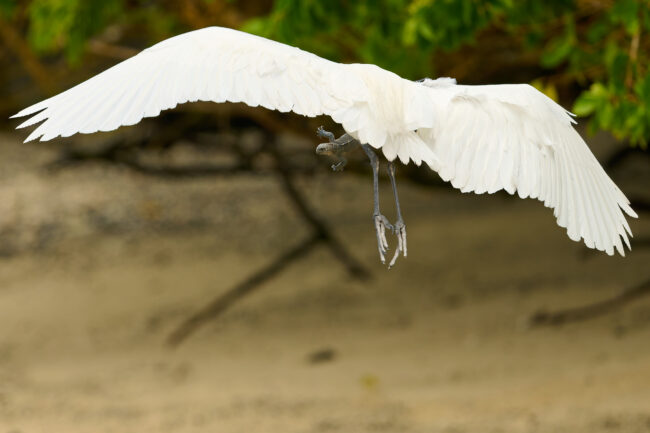













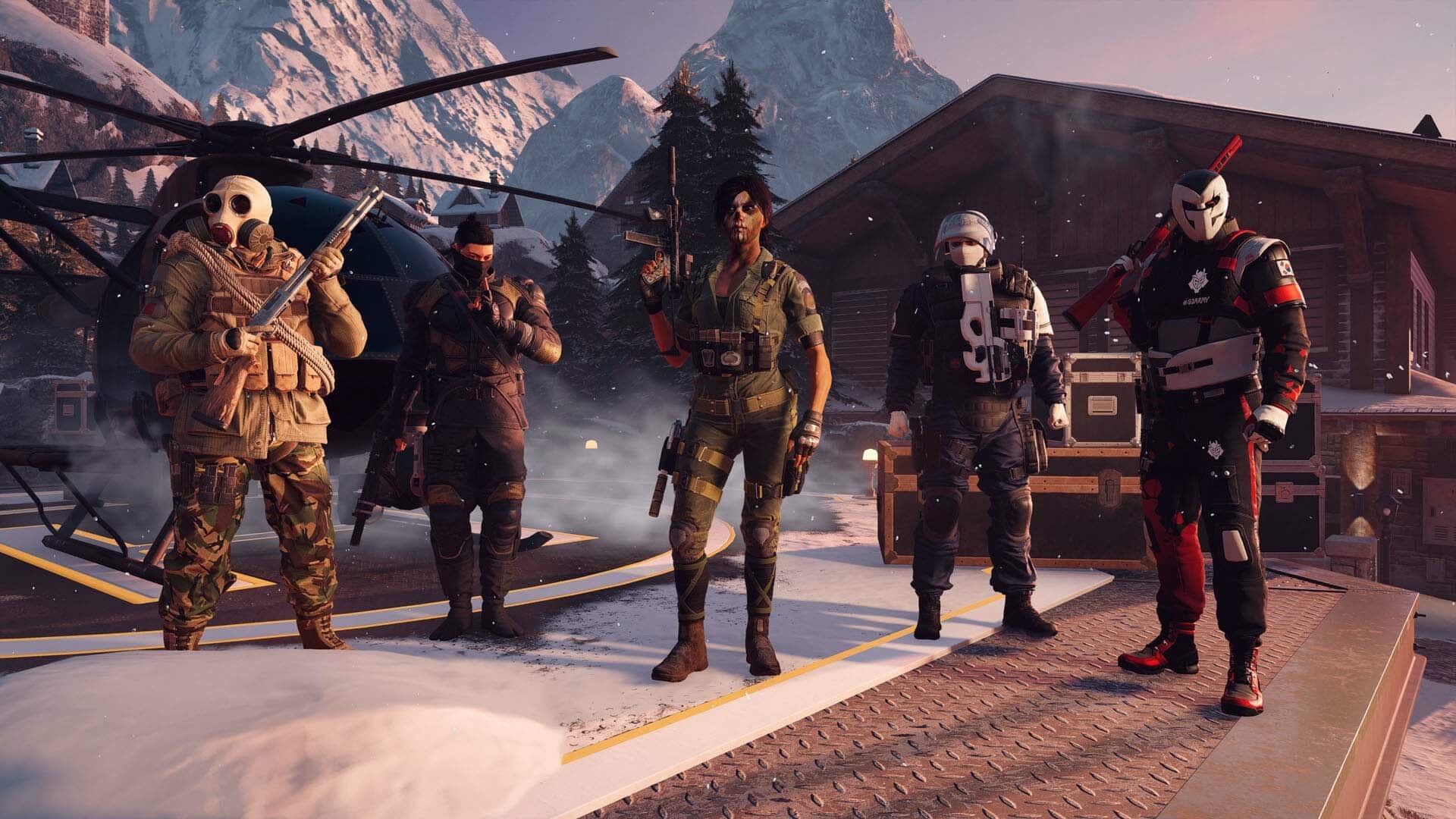



-30-7-screenshot_0FxoE4J.png?width=1920&height=1920&fit=bounds&quality=70&format=jpg&auto=webp#)













